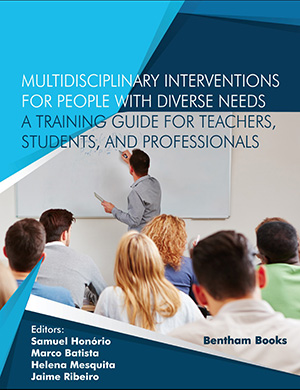Abstract
The positive relationship between physical activity (PA) and health, healthy lifestyle and regular PA engagement has been pointed out in the literature. However, a significant proportion of the world's population does not engage in enough PA, and in Portugal, the situation is getting worst in terms of children and adolescents with disabilities. These subgroups tend to be inactive, facing numerous health problems and limitations in their daily lives, with consequences in their functionality and quality of life. Most of the research studies within the framework of disability are based on adults and are not specific to a kind of disability. The goal of this study is to analyse and compare the psychosocial correlates of PA of 91 children and adolescents, between 10 and 17 years, in regular schools. Of all the participants, 30 had intellectual disability (13.43±2.28), 31 (13.4±0.1) had spina bifida and 30 had (12.70±1.15) typical development. A questionnaire was applied to characterize the engagement in PA by these children, to determine their impact factors. There were significant differences in the formal and informal PA engagement of students and their parents and peers. Students with a disability tend to be less engaged both in formal and informal physical activity, however, the attitude towards PA and physical education was identical in all the students, as well as competence and health perception. Scholarly sports seem to be a good strategy for the participation of all the students in physical activities. There should be an emphasis on studying and finding solutions and strategies to enable children to have access to physical activity in and out of school.
Keywords: Competence Perception, Health Perception, Intellectual Disability, Motor Disability, Physical Activity, Psychosocial Correlates, Physical Education, Significant Peers, Significant Adults, Scholar Sport.






















